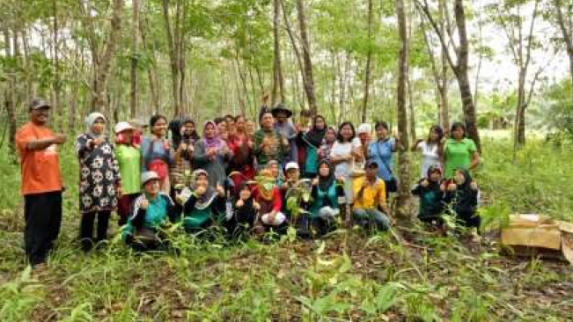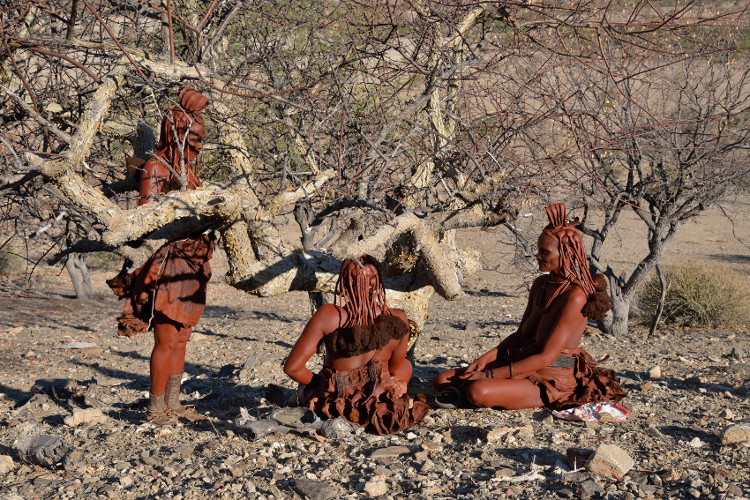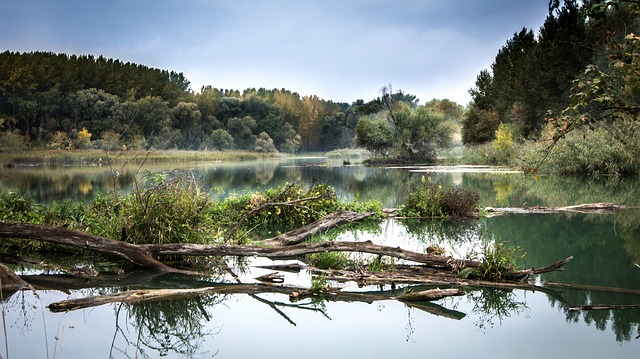Rainforests are critical to planetary health, performing unique functions in global weather patterns and carbon storage, making a significant contribution to combating global warming. Rainforests cover around 3% of the planet’s surface and Indonesia is home to the largest remaining expanse of rainforest in the whole of Asia.
The archipelagic state of Indonesia consists of more than 18,000 islands and is the largest country in South-east Asia. It is estimated that around half its primary forest has been lost and 25% of this in the last 25 years.
The greatest cause of forest clearance in Indonesia is agriculture to satisfy global human demand for food and products. It has one of the highest rates of deforestation in the world with an annual estimated loss of around one million hectares, 30% of which are from carbon-rich peatlands. When these peatland rainforests are cleared, stored carbon is released into the atmosphere contributing to greenhouse gas emissions and global warming.
Indonesia has up to 11 million hectares of degraded forest, land that has been cleared largely for palm oil and rubber production, logging and wood pulp. But what happens to deforested and degraded land once commodity agriculture moves on?
The Forest Vanilla Project is a forest restoration project which hopes to assist the regeneration of 2 million hectares of degraded Indonesian rainforest, providing sustainable incomes for around 5 million people.
Second only to saffron, vanilla is the most valuable global food crop. Current production of natural vanilla meets only 1% of total annual global demand for food and perfume. The Forest Vanilla Project aims to demonstrate the sustainable value of cultivating vanilla to local people. Working with indigenous models of agroforestry and incorporating high value crops like vanilla, the Forest Vanilla Project hopes to encourage a polyculture approach in forest cultivation.
Incomes for small holder farmers can be unreliable because of vulnerabilities in the supply chain. Middlemen and variations in market price can have a huge impact on the income farmers receive for their produce. The Forest Vanilla Project aims to shorten the supply chain and make it more transparent. These initiatives combined with market demand should help to make the production of natural vanilla a more reliable source of income for farming communities.

Forest farmers planting vanilla image: I. Madé Setiawan
In Anjir Kelampan, Kalimantan Province, Borneo, the Forest Vanilla Project is working with women forest farmers in degraded peatland forest areas . Vanilla vines have been planted in plantations of rubber trees, taking a step towards a mixed cropping agroforestry approach.
Using a polyculture approach, the Forest Vanilla Project aims to demonstrate that assisted forest regeneration is more profitable financially and environmentally. Rainforests are home to more species of plants and animals than any other land ecosystem. Regenerating degraded forest can contribute to slowing the rapid loss of rainforest biodiversity and protect the critical roles these unique ecosystems perform.





